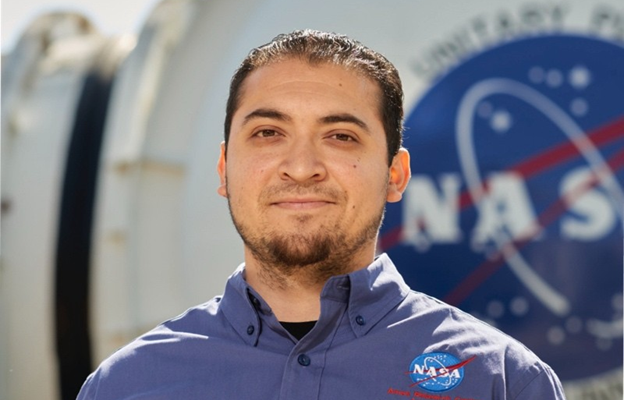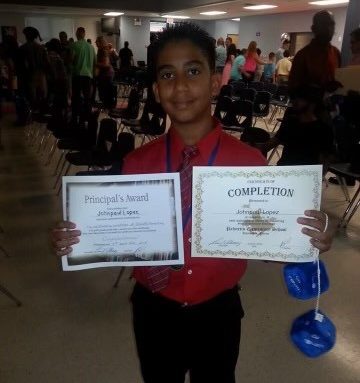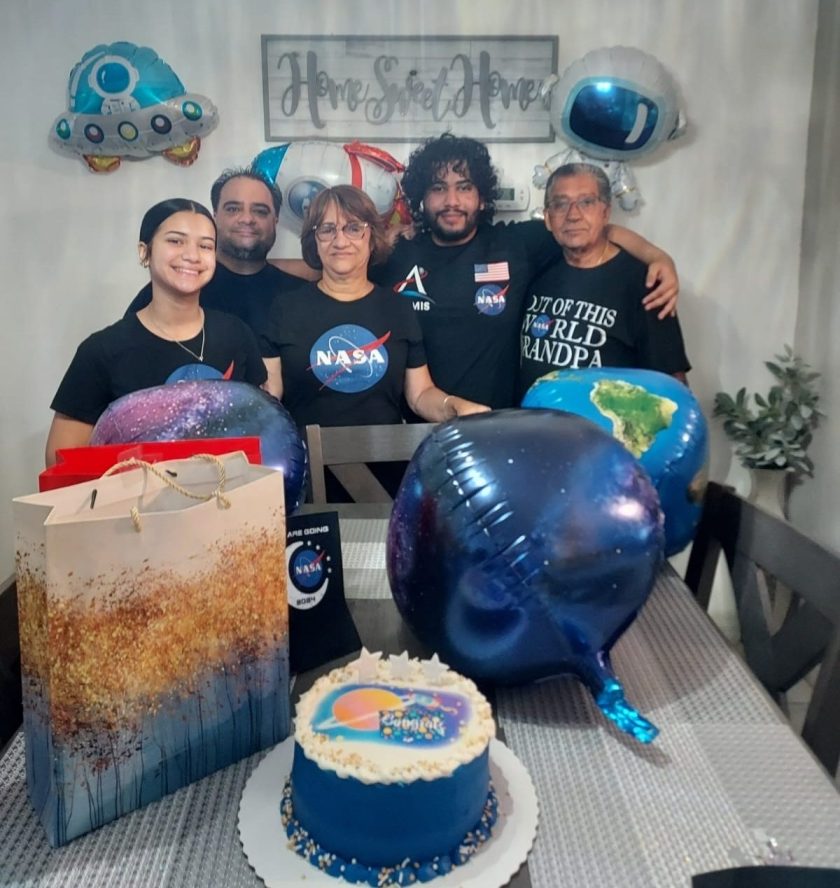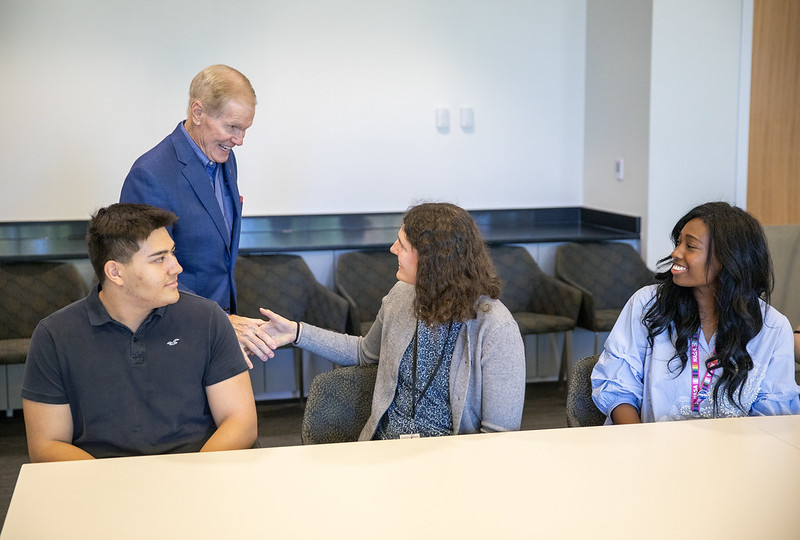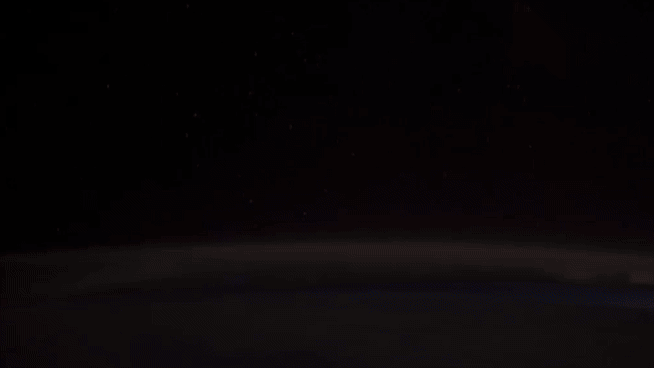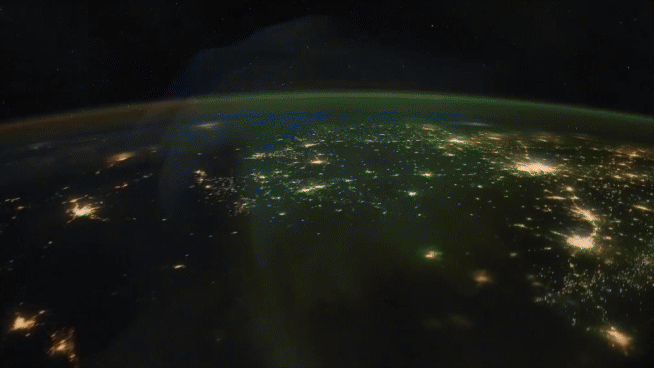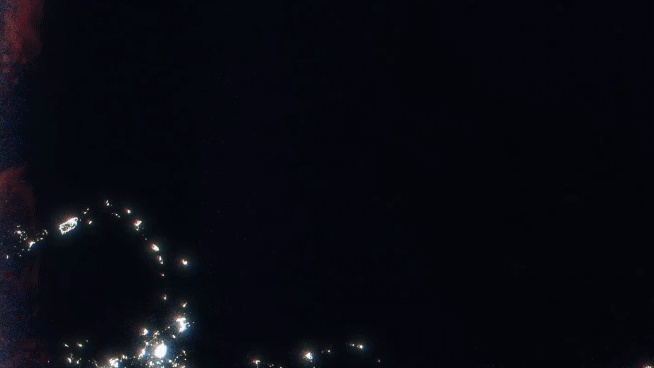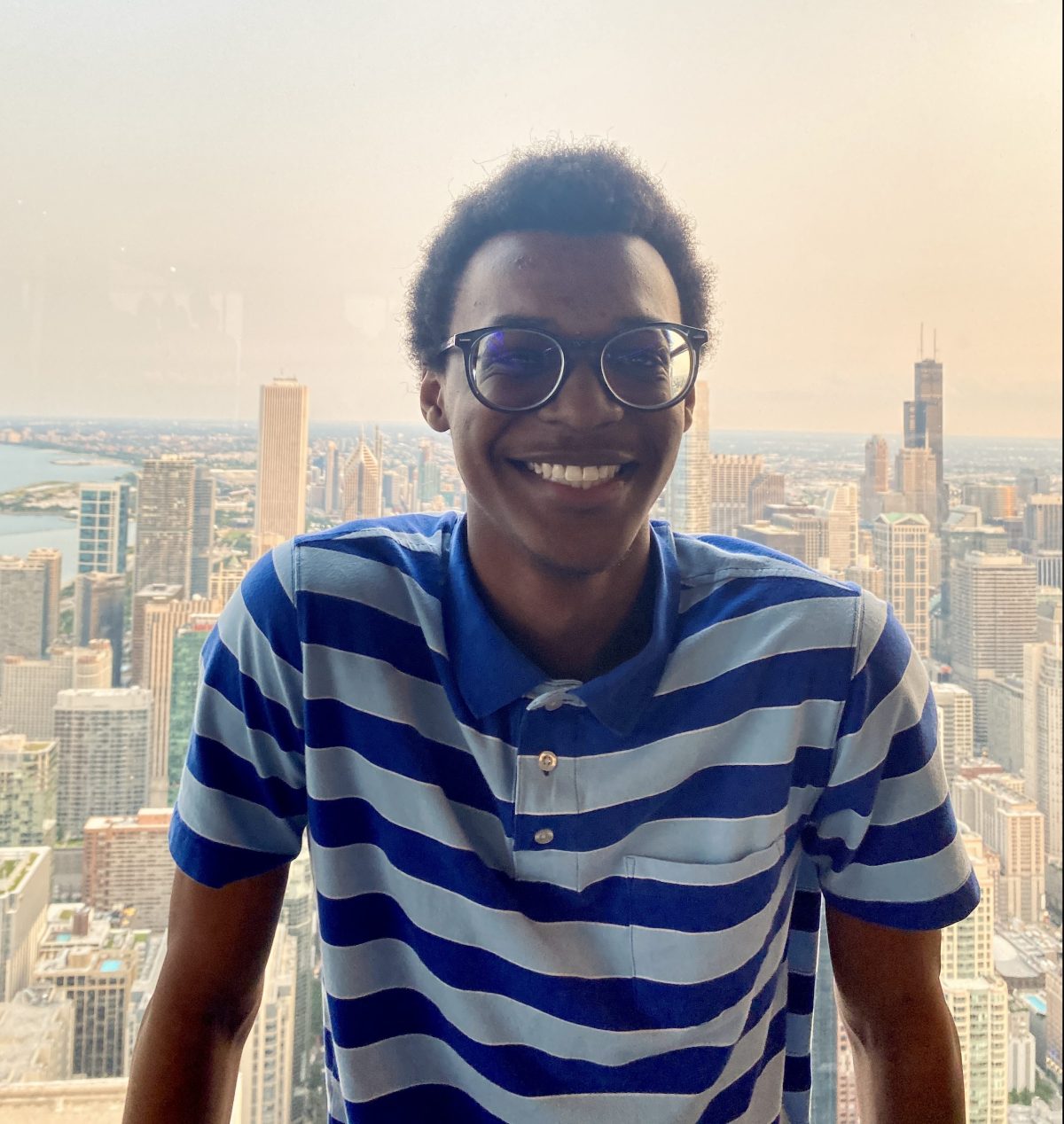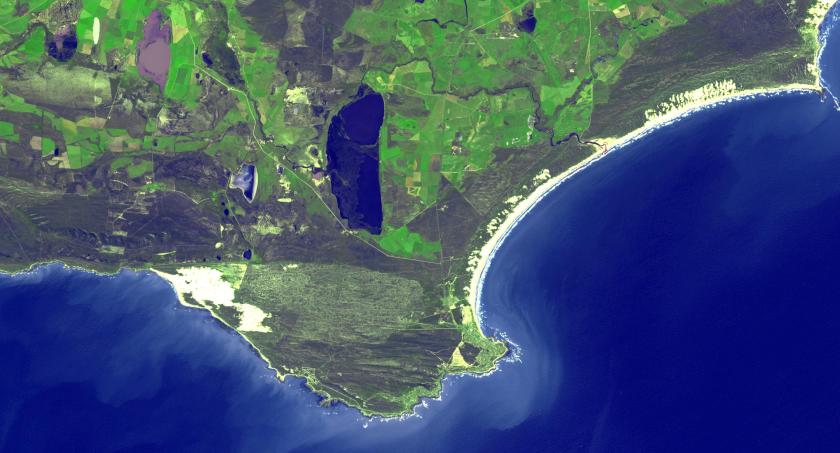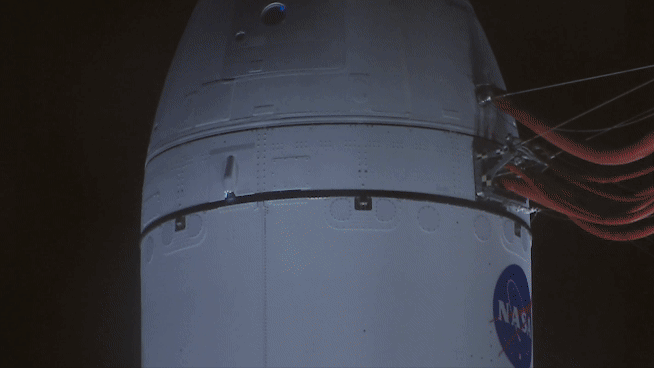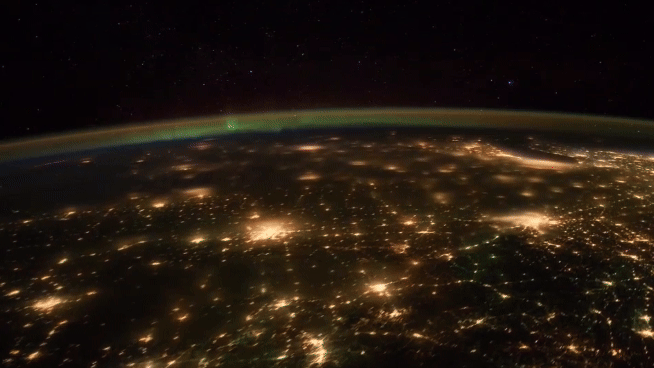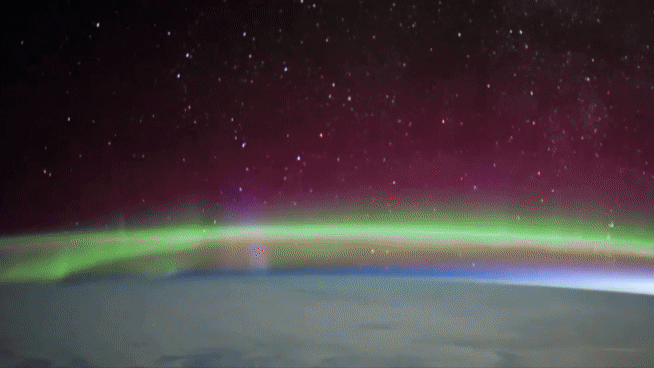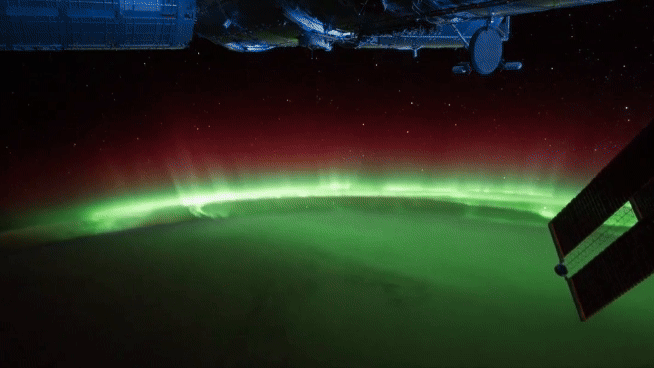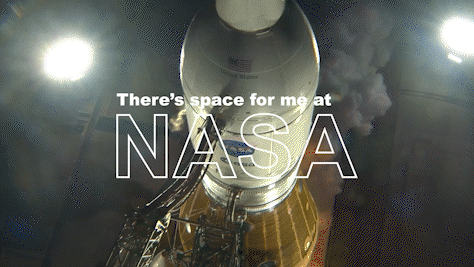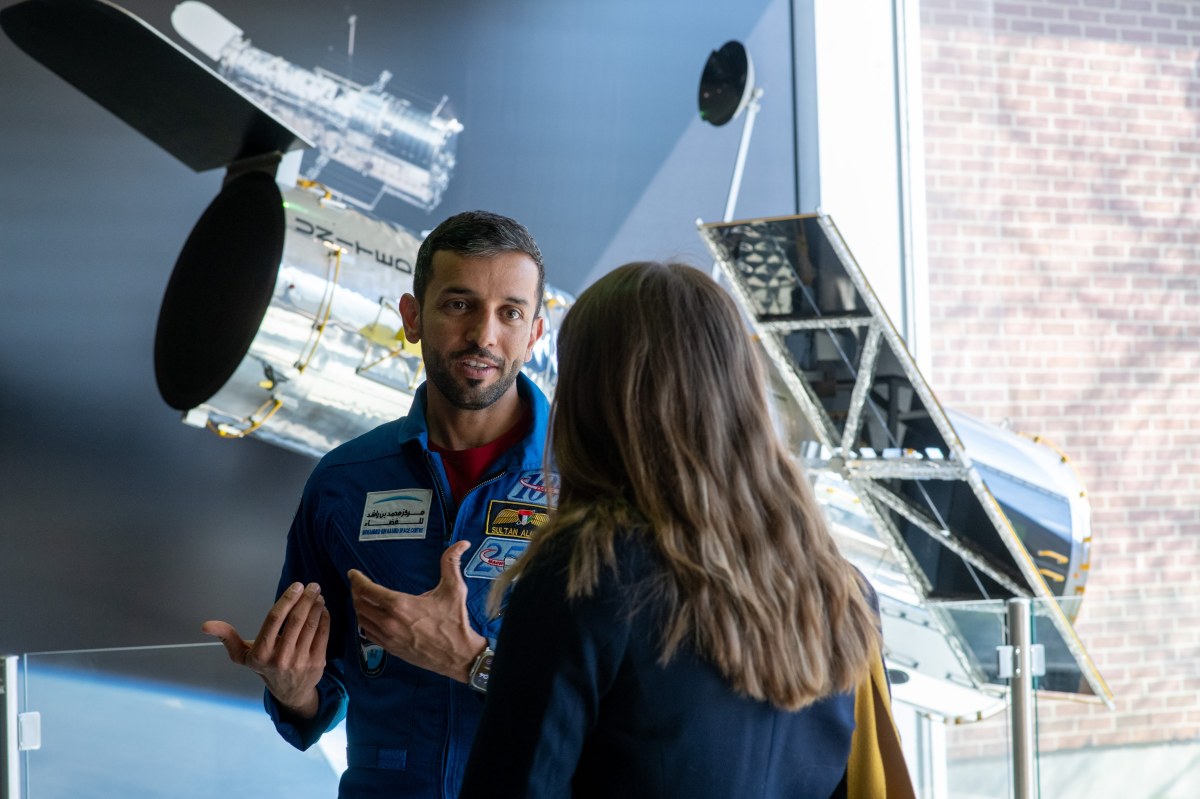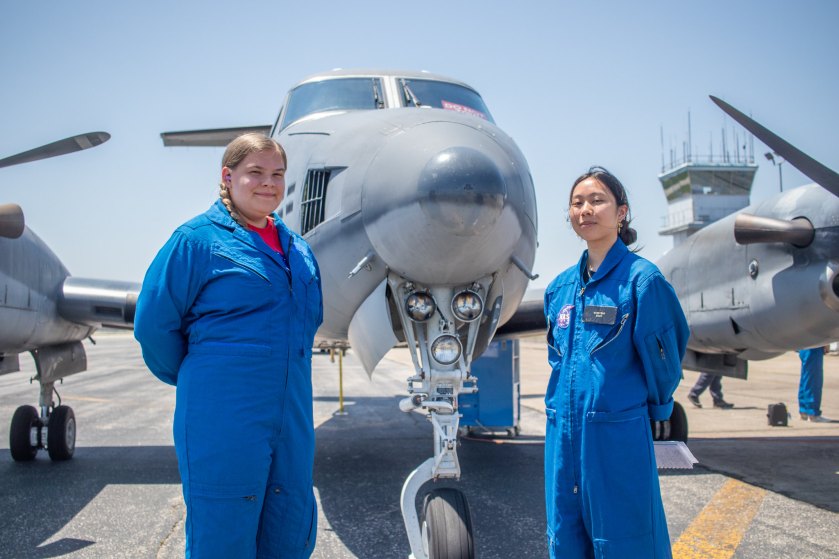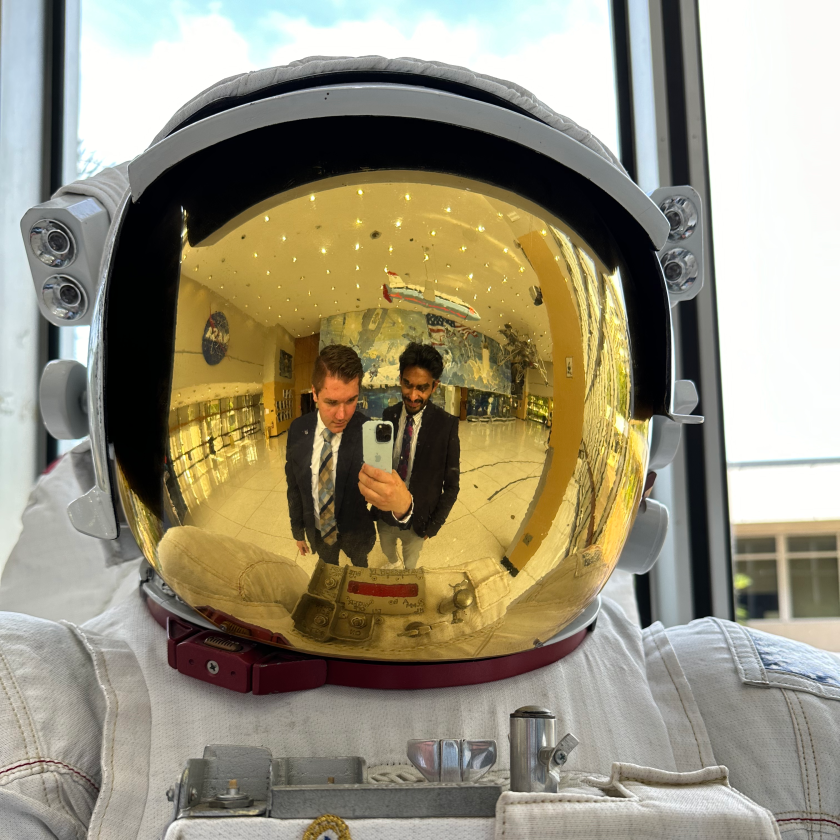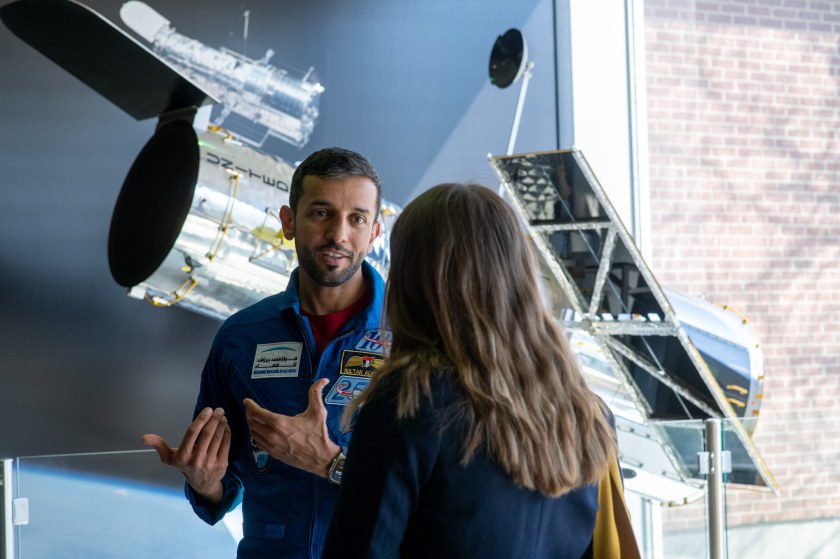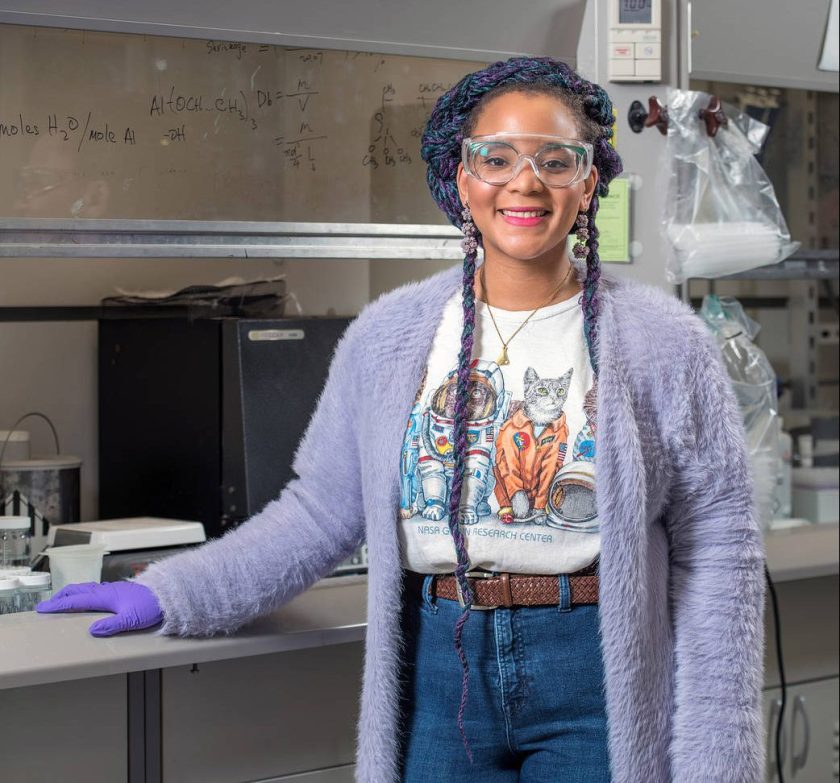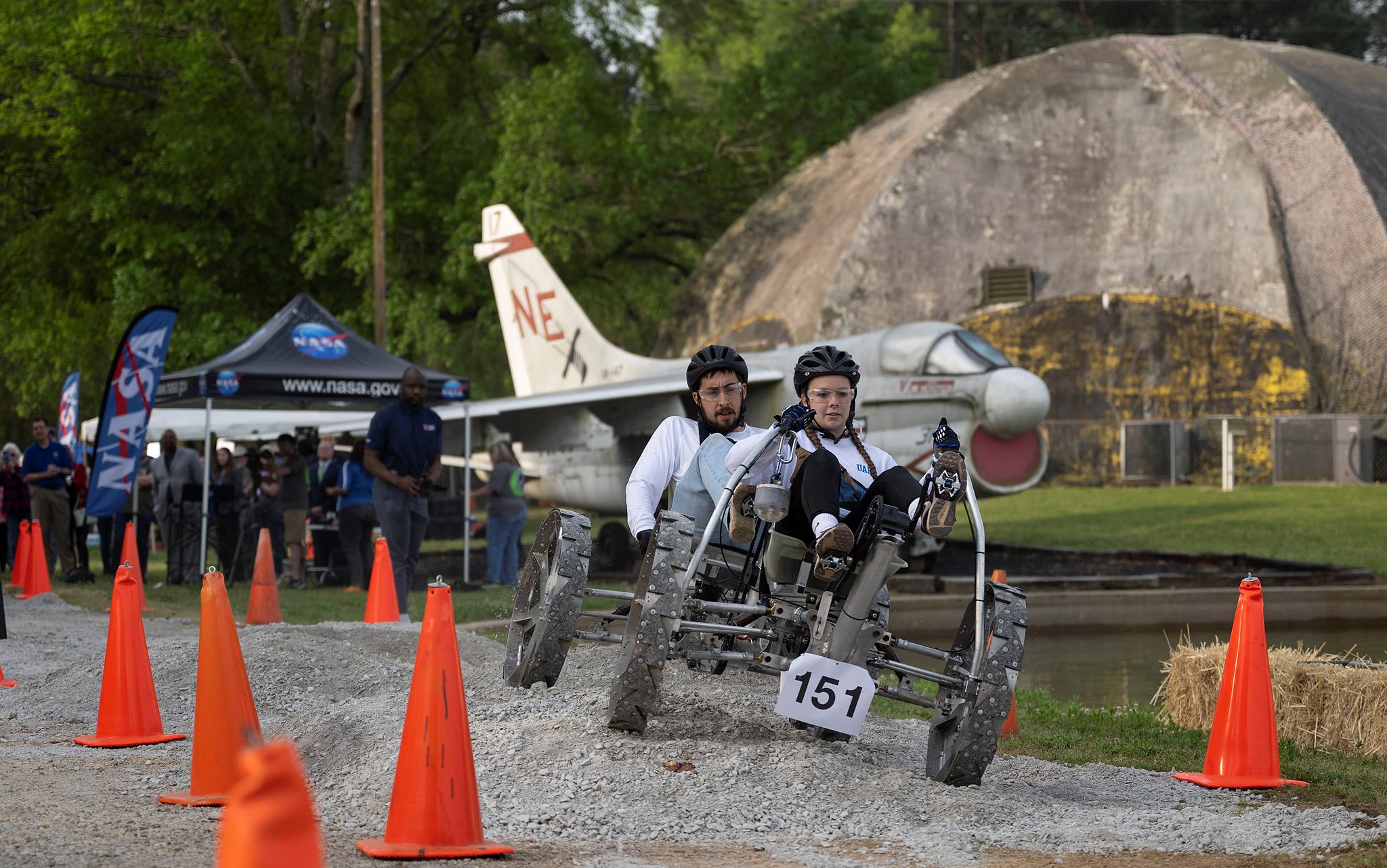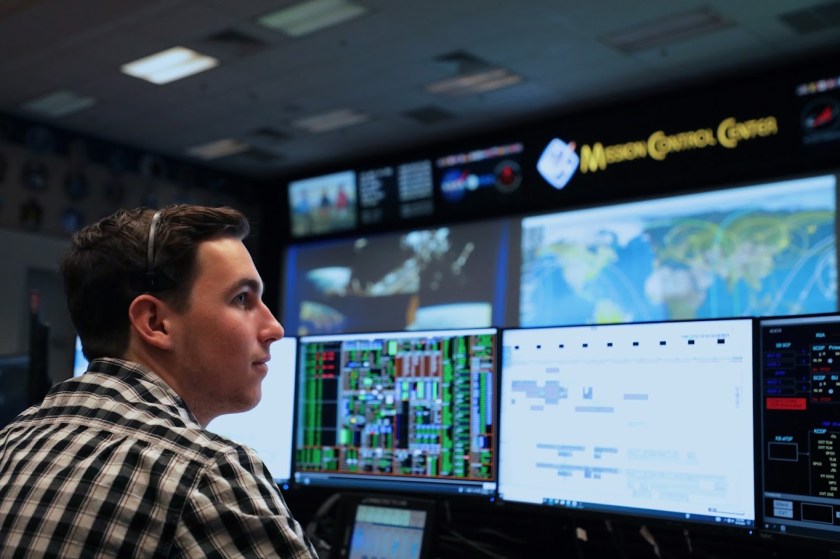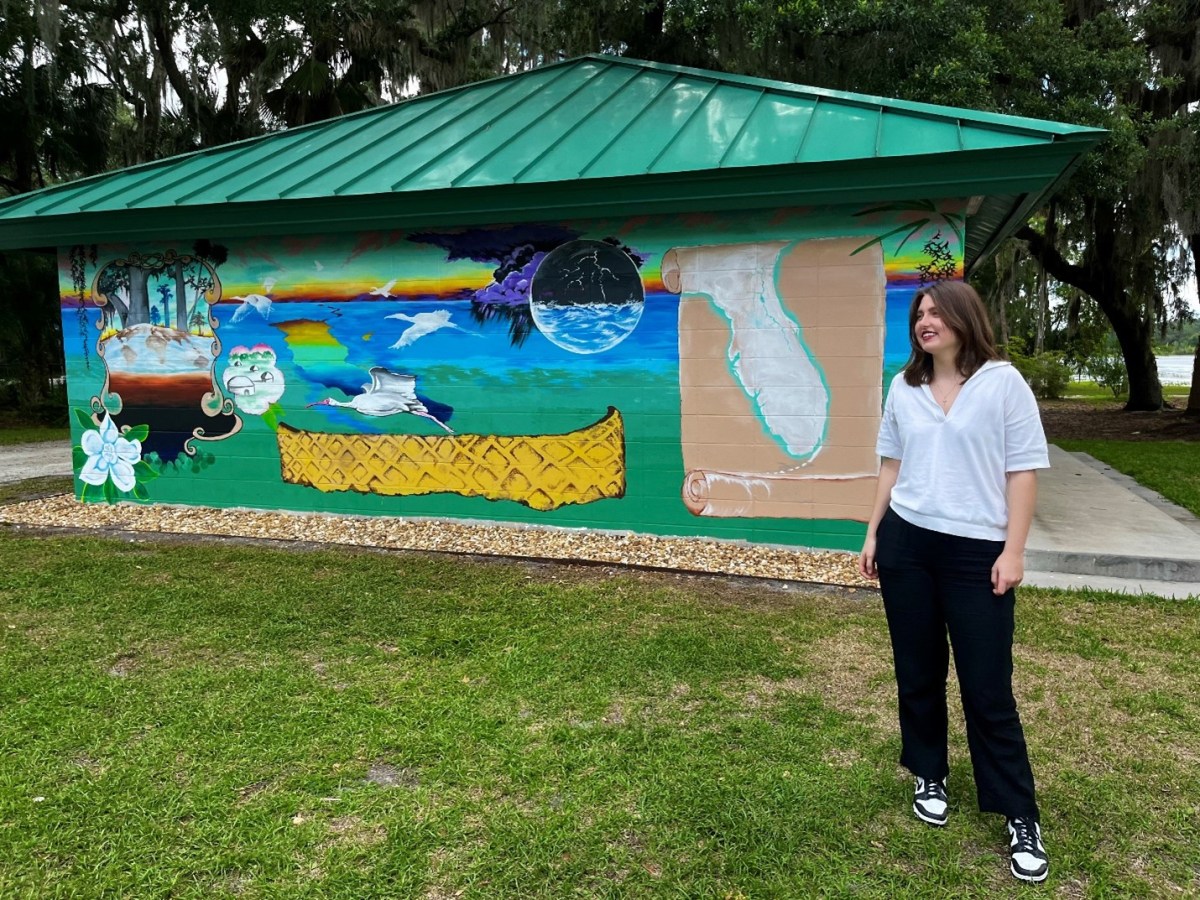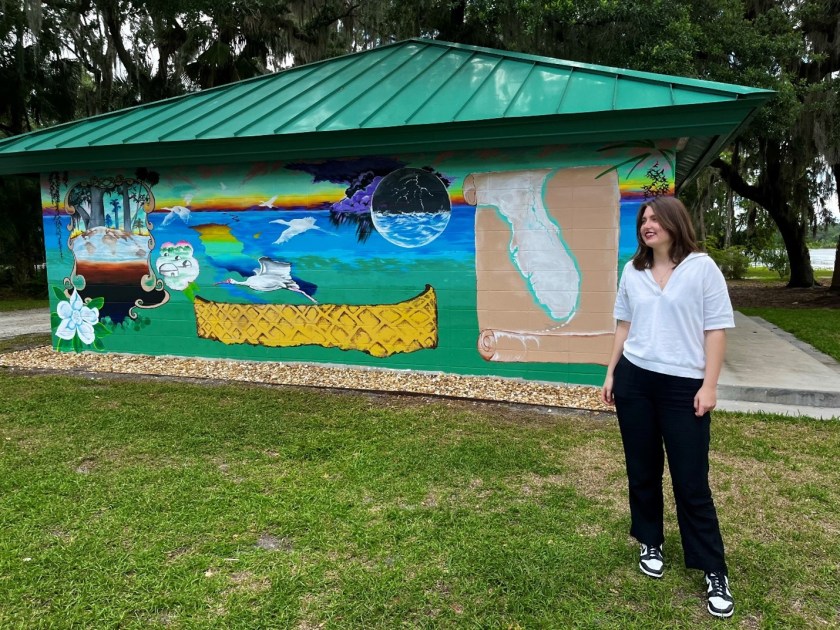Growing up in San Miguel, Mexico, Nestor Cano never thought of interning for NASA. Instead, Cano dreamed of becoming a professional soccer player, spending every moment he could on the field learning new tips and tricks—a theme that would continue through his life. While he came from humble beginnings, Cano’s family was always supportive of his dream and did everything they could to help him achieve it.
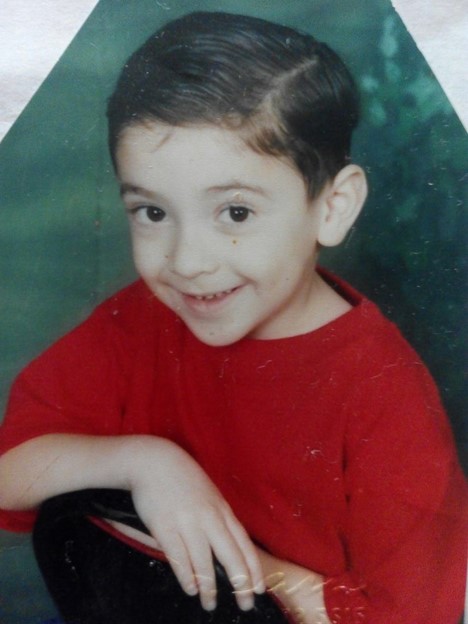
“Part of who I am is due to the great support that I have always had from my mother,” said Cano. “She is the greatest support I have had; even when we were economically limited, she always made sure I was able to do my activities.”
At the age of 14, Cano’s parents decided to send him to live with his grandmother in California with the hopes of creating a better future for him. Cano didn’t speak English when he arrived in the United States, so he was enrolled in an elementary school for six months before graduating to his local high school. It wasn’t until his sophomore year of high school that he started to become confident in his English skills and began getting involved with clubs on campus. After graduation, Cano went back to Mexico to begin trials for professional soccer teams, although ultimately he returned to California with his little sister, for whom he was now responsible.

“For about a year and a half, I was working two jobs, getting only three to four hours of sleep each night,” Cano shared. “Finally, I asked myself if this was a life I wanted to keep pursuing. That’s when I thought maybe I should go back to school.”
After deciding to return to school, Cano had to find a way to pay for his classes, his sister, and his life, which led him to become a plumber and pipefitter. After committing to his plumbing career, Cano discovered a passion for engineering, pushing him to consider it as his future career. Cano spent five years working and attending college before beginning an engineering internship with the same company. Still, Cano knew he could do more, so he researched engineering schools and internship programs until he found the University of California-Berkeley and NASA.
“I went from being a community college student and an intern working on construction engineering, to being a student at UC Berkeley and an intern at NASA,” said Cano, “After three years working towards the requirements, time to apply had finally came. I worked on the application for over two weeks.”
Cano’s internship project is with the Fluid Mechanics Lab at Ames Research Center, where he works with the Laser Spark Evaluating In-flow project (LASEI). The main goal of this research is to develop an optical method for measuring ambient pressure, density, temperature, and flow angularity in wind tunnels. Essentially, the team’s primary objective is to enhance the visual data that is gathered during wind tunnel testing of aircraft and other components.
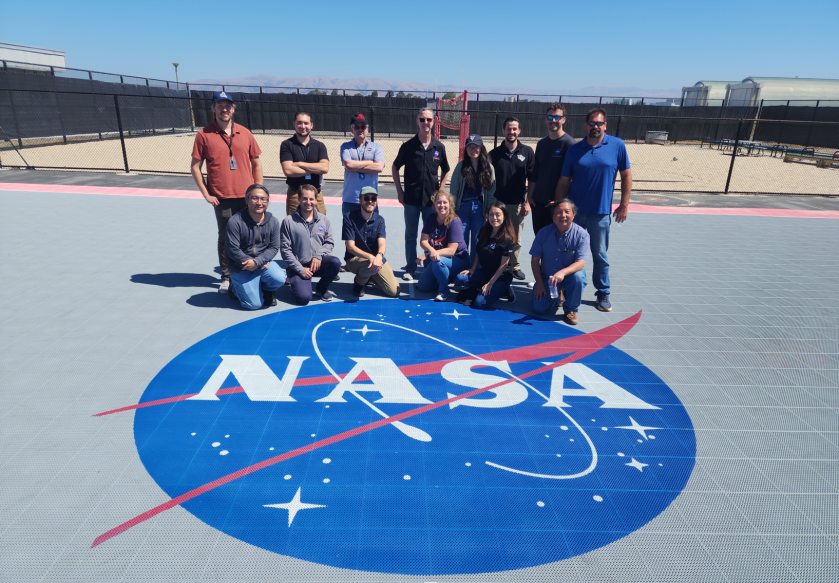
As a Hispanic American, Cano feels this internship demonstrates that his ethnicity and cultural background are not barriers. For him, this experience proves that through hard work and dedication, anyone can pursue their dreams, no matter where they came from.
“This internship has introduced me to the research area of engineering, and I have been learning critical aspects of modeling for prototypes and the iterations required to achieve a great product,” Cano said. “Learning from the best engineers in their respective fields is a unique experience, since they have the knowledge, experience, patience, and skill to teach interns like me.”
Tara Roanhorse/NASA Headquarters

